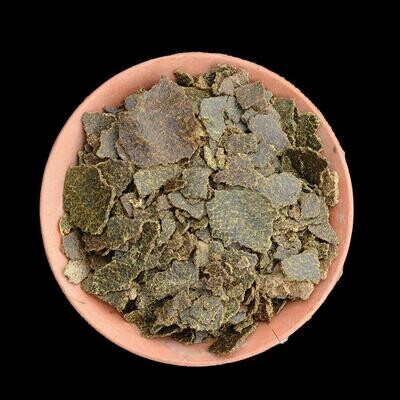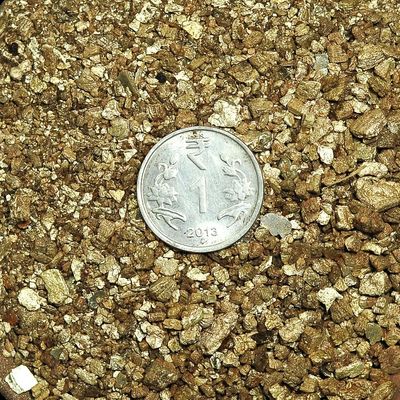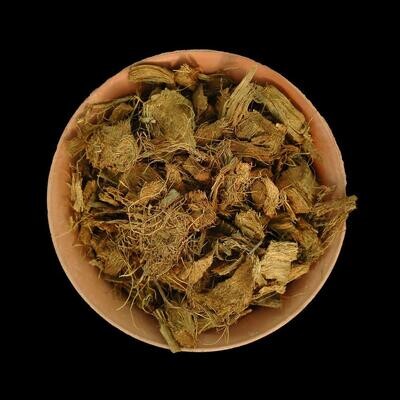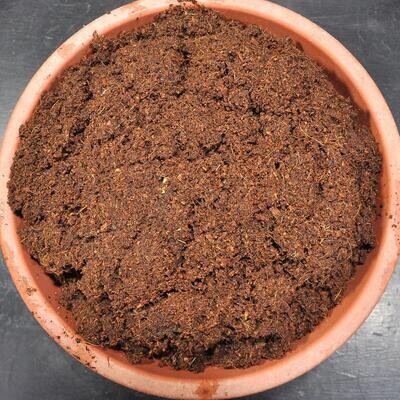Please check the Shipping Updates Page for information on shipping.
Haworthia limifolia Marloth 1908
Origin of Name
Haworthia limifolia Marloth 1908 is named after the botanist Dr. H.W. Marloth, who significantly contributed to the study of South African flora. The species name 'limifolia' means 'file-leaved' in Latin, referring to the rough, ridged texture of the leaves that resemble a file.
Technical Description of Plant
Haworthia limifolia Marloth 1908 is known for its distinct rosette form, which can grow up to 4-6 inches in height and diameter. This succulent features thick, fleshy, triangular leaves that are a deep green color. The leaves are characterized by their pronounced ridges or striations, giving them a textured, file-like appearance. The ridges are often a lighter green or whitish color, providing a striking contrast. The leaf tips are rounded, and the leaves are arranged in a spiral pattern, forming a dense, symmetrical rosette. Haworthia limifolia occasionally produces small, white flowers on long, slender stems, typically during spring or summer.
Origin of Plant
Haworthia limifolia is native to South Africa, specifically to the Eastern Cape Province. It typically grows in rocky areas and grasslands, adapting well to arid and semi-arid climates. The plant's ability to store water in its thick leaves allows it to thrive in environments with limited moisture.
Conservation Status
Haworthia limifolia is not currently listed as an endangered species. However, like all Haworthias, it faces threats from habitat loss and illegal collection in the wild. Responsible cultivation and propagation in nurseries are essential for preserving these unique plants.
Care Instructions
Haworthia limifolia is relatively easy to care for and is suitable for beginners. It prefers bright, indirect light but can tolerate some direct sun, especially in the cooler parts of the day. Use well-draining soil, and water moderately during the growing season, allowing the soil to dry out completely between waterings. Reduce watering in the winter. The plant is not frost-tolerant, so it should be protected from freezing temperatures. Fertilizing is not essential but can be done sparingly during the growing season with a diluted cactus or succulent fertilizer.





